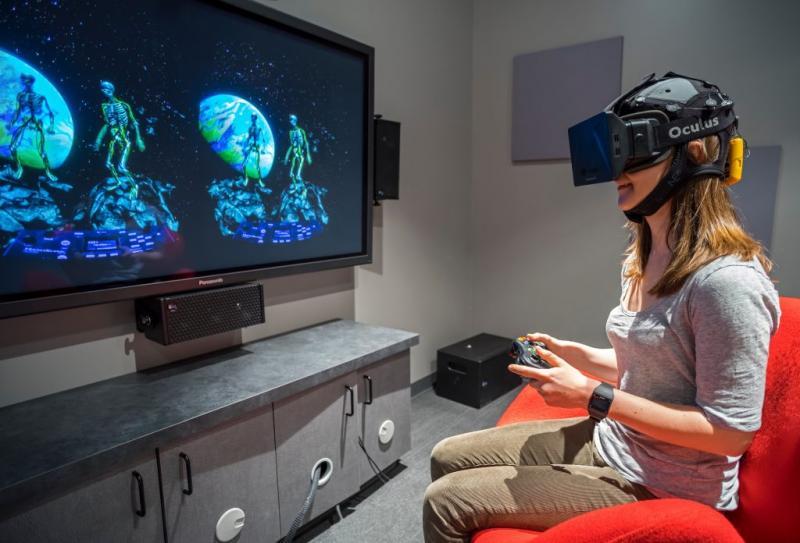Neurological Game Technology Market
Neurogaming is a branch of science that applies neurology to the world of games. It employs Brain-Machine Interface (ICM) technology to control games only through electrical activity in the brain. The electroencephalogram technique is used to record neurophysiological data non-invasively utilizing electrodes inserted on the scalp (EEG). The first game to use ICM was “Brain Age Nintendo,” which was released in 2005, followed by a slew of subsequent titles. One of the first games focused on improving cognitive ability was NeuroRacer. Brain-controlled games were later shown to improve cognitive capacity and working memory in tests and it was developed to help seniors enhance their cognitive abilities.
Market Size – USD 6.29 Billion in 2020, Market Growth – at a CAGR of 12.2%, Market Trends – Increasing demand for remotely operated devices
You Can Download Sample PDF Copy
Neurogaming has a wide range of medical applications, including the diagnosis, treatment, and rehabilitation of neurological disorders. Games have been created to aid in the treatment of conditions such as Parkinson’s disease, Alzheimer’s disease, spinal cord injury, hyperactivity problems, and attention deficiencies, among others. Another neuro-game is ‘Throw Trucks with Your Mind.’ By mentally limiting distractions, it allows users to pick up and toss objects. Another neuro-game is ‘NeuroMage,’ which allows users to quickly learn new spellings.
Game creators can use neuro-gaming technologies to create games that increase physiological characteristics like health, brainpower, and skill. For advanced gaming systems such as neuro-games, developers use the latest cognitive, emotional, behavioral, and sensory technology. For playing games, neuro-gaming systems utilize a wide range of inputs, including brain waves, heart rate, hand and body motions, changing emotional state, and pupil dilation. For the creation of new games, neuro-gaming technology makes use of other significant technologies such as virtual reality, augmented reality, and haptic sensation systems.
Some major companies in the global market report include EMOTIV, Inc., Smart Eye AB., Qneuro Inc., Bit & Brain Technologies S.L., Ultraleap Ltd., EON Reality Inc., and Magic Leap, Inc., Leap Motion, Inc., Niantic, Inc., and Neuralink Corporation.
The growing use of computers, laptops, and smartphones among users, as well as the development of brain-computer brain-computer interfaces (BCIs) in advanced gaming systems, are key factors expected to drive the global neurological game technology market over the forecast period. This is mostly because most people choose to play video games on smart devices such as PCs, laptops, and smartphones. In addition, the desire for new technologies and tools to add more functionality and features to games is expected to increase shortly, boosting the demand for neurological game technology around the world and driving market revenue growth over the coming years. This is because neuro-game technology developers are focusing on the development of innovative gaming technologies to attract new customers and keep existing ones.
Emergen Research has segmented the global neurological game technology market based on component, technology, end-use, and region:
- Component Outlook (Revenue, USD Billion; 2021–2030)
- Hardware
- Software
- Technology Outlook (Revenue, USD Billion; 2021–2030)
- Brain-Computer Interface
- Augmented Reality (AR) Technology
- Virtual Reality (VR) Technology
- Haptic Technology
- End-use Outlook (Revenue, USD Billion; 2021–2030)
- Healthcare
- Education
- Entertainment
Detailed Regional Analysis covers:
- North America (U.S., Canada)
- Europe (U.K., Italy, Germany, France, Rest of EU)
- Asia-Pacific (India, Japan, China, South Korea, Australia, Rest of APAC)
- Latin America (Chile, Brazil, Argentina, Rest of Latin America)
- Middle East & Africa (Saudi Arabia, U.A.E., South Africa, Rest of MEA)
For More Info Visit the Link





























